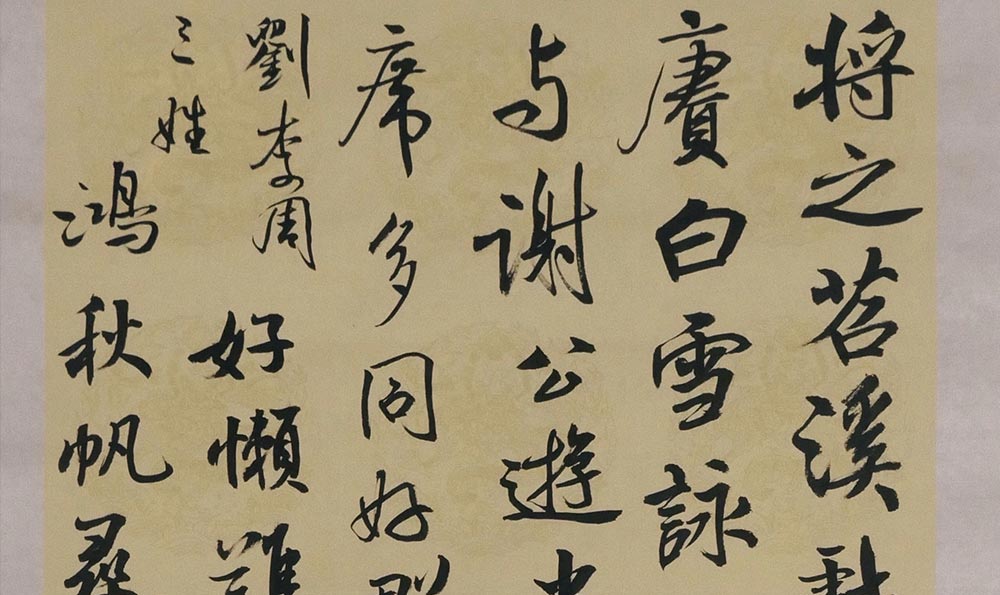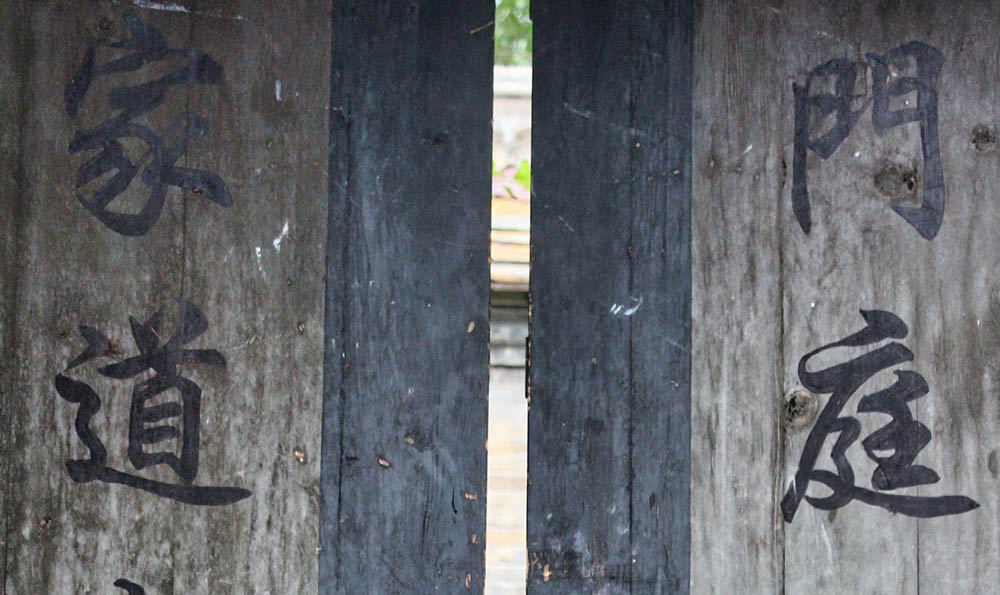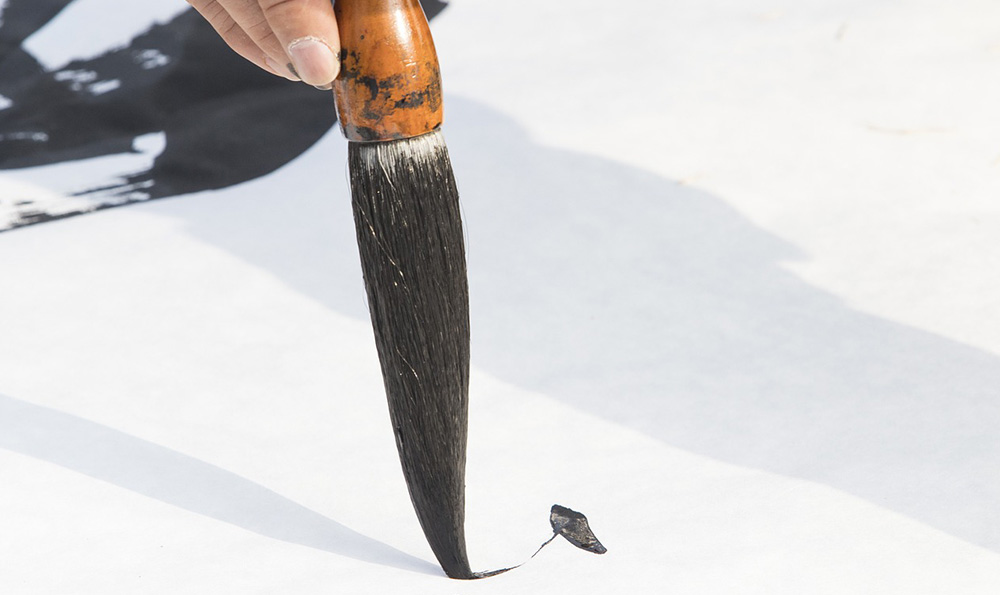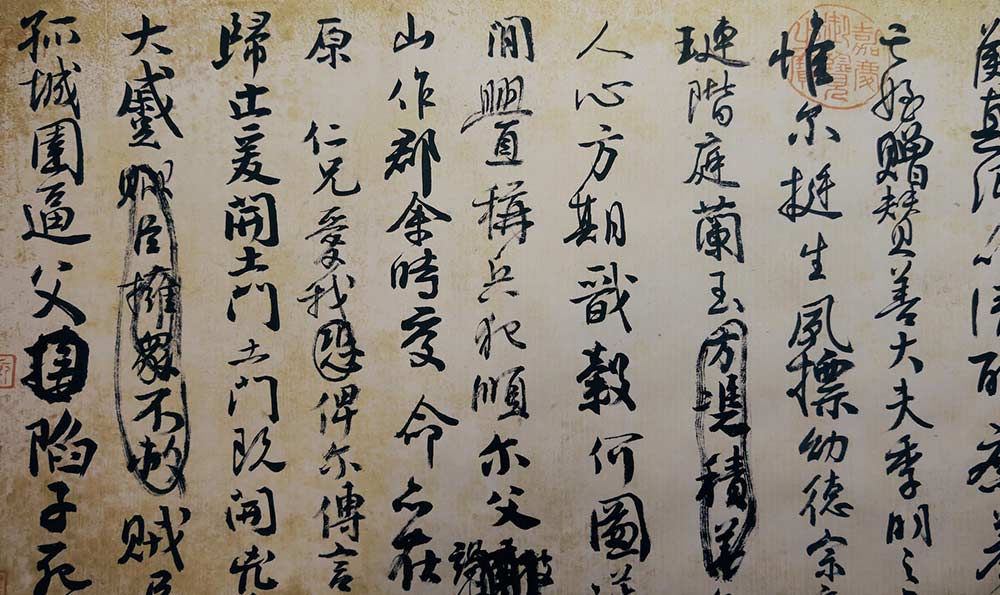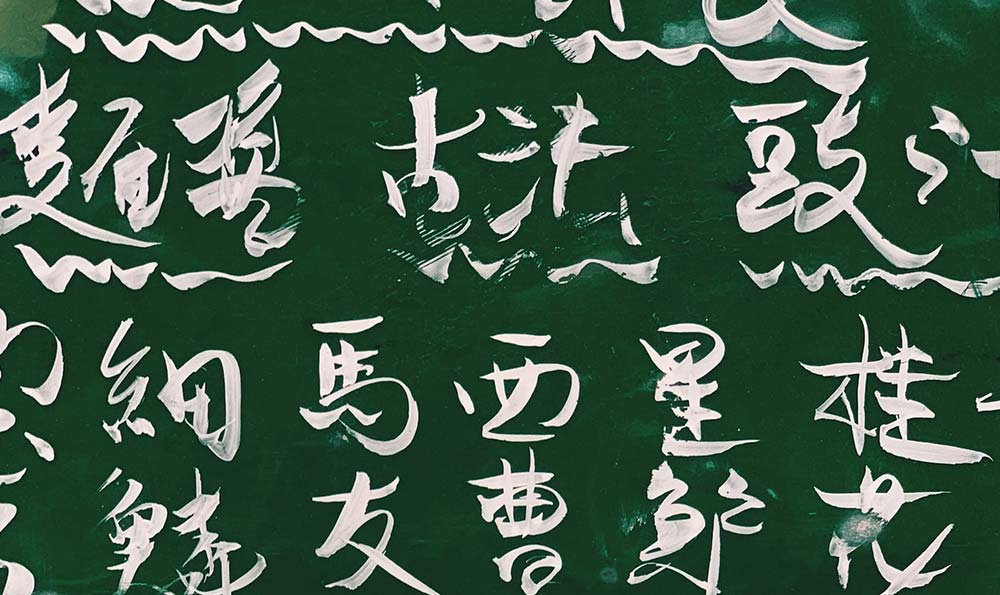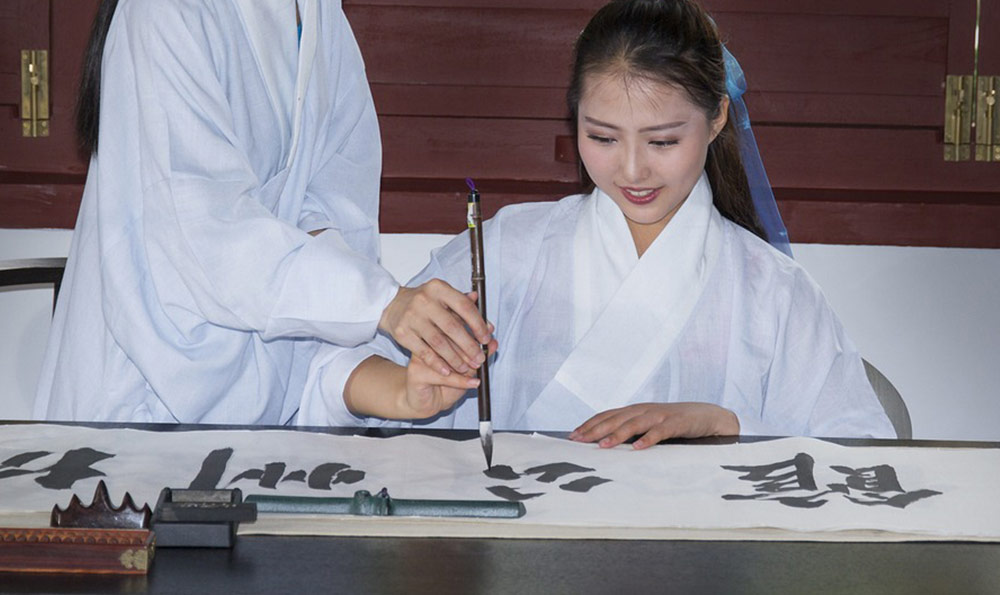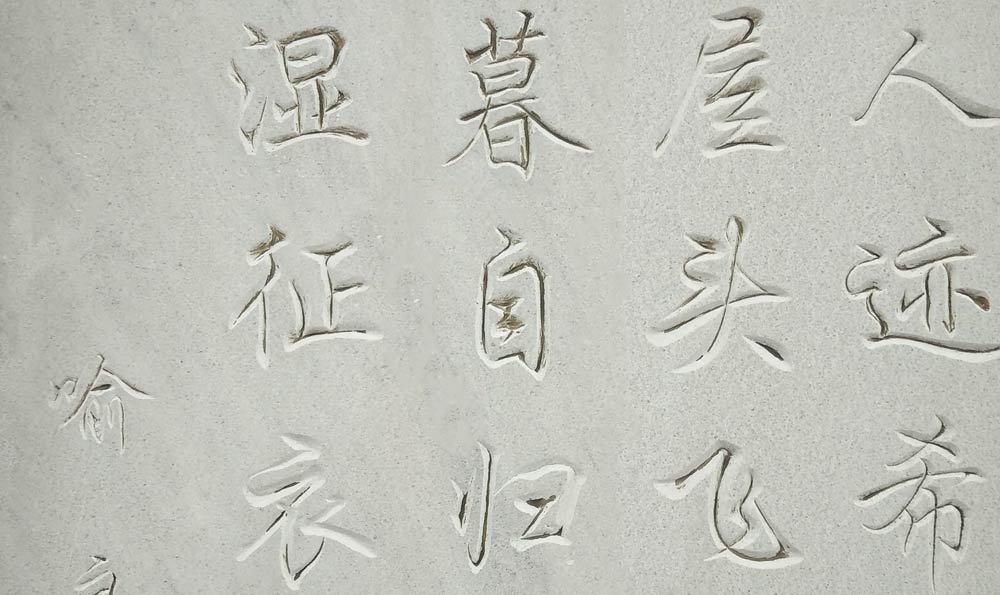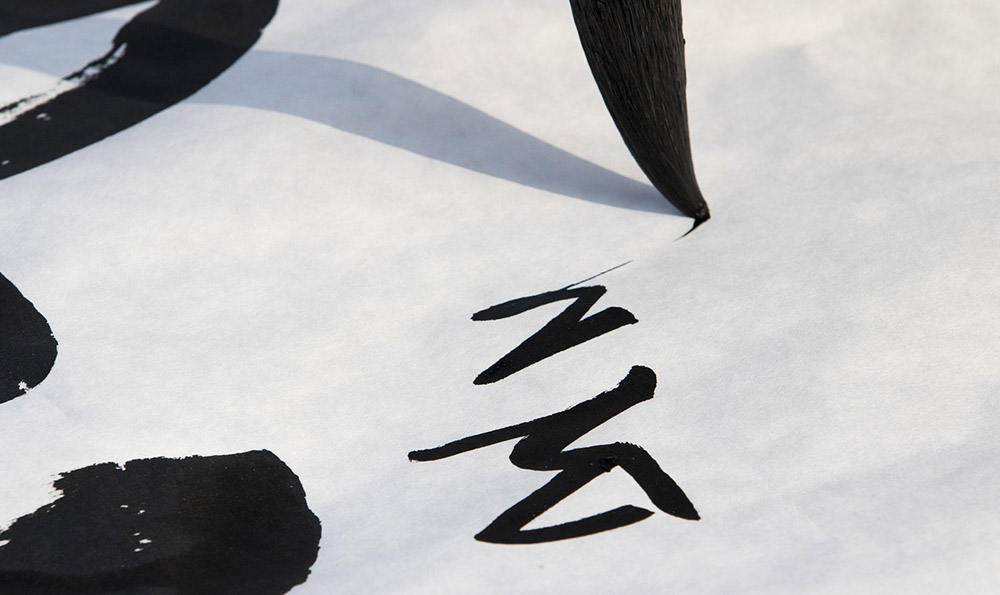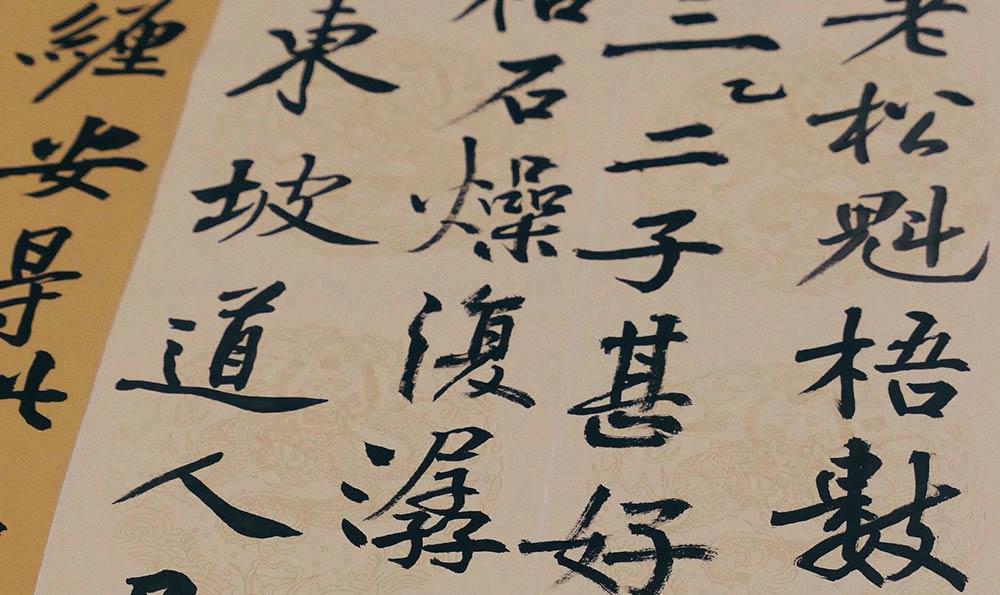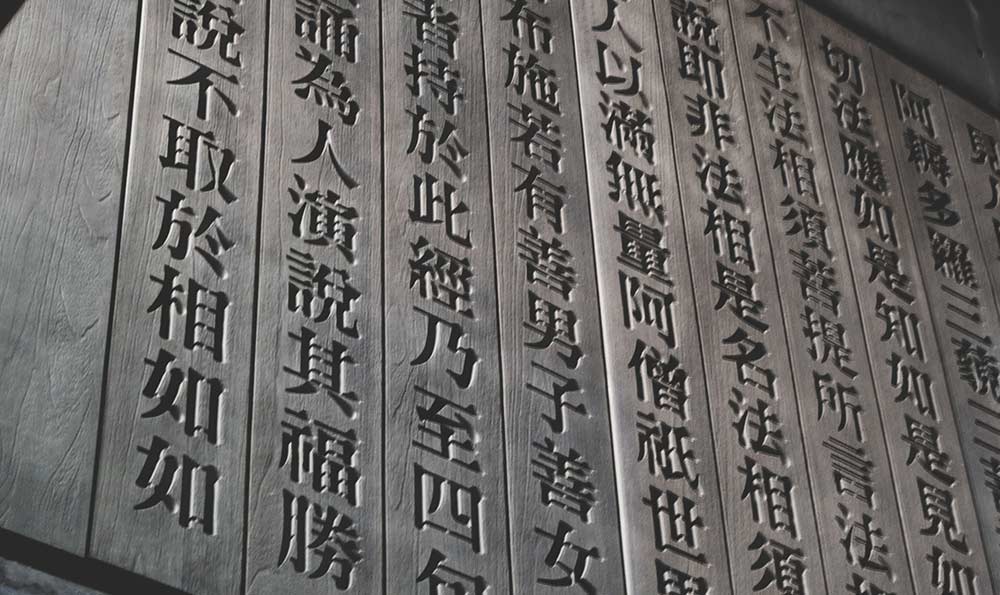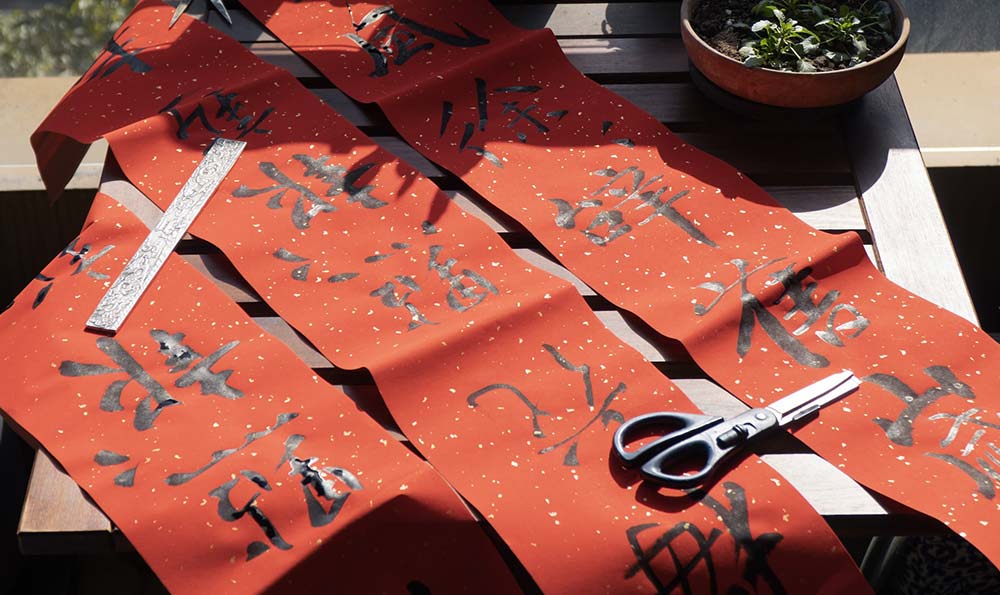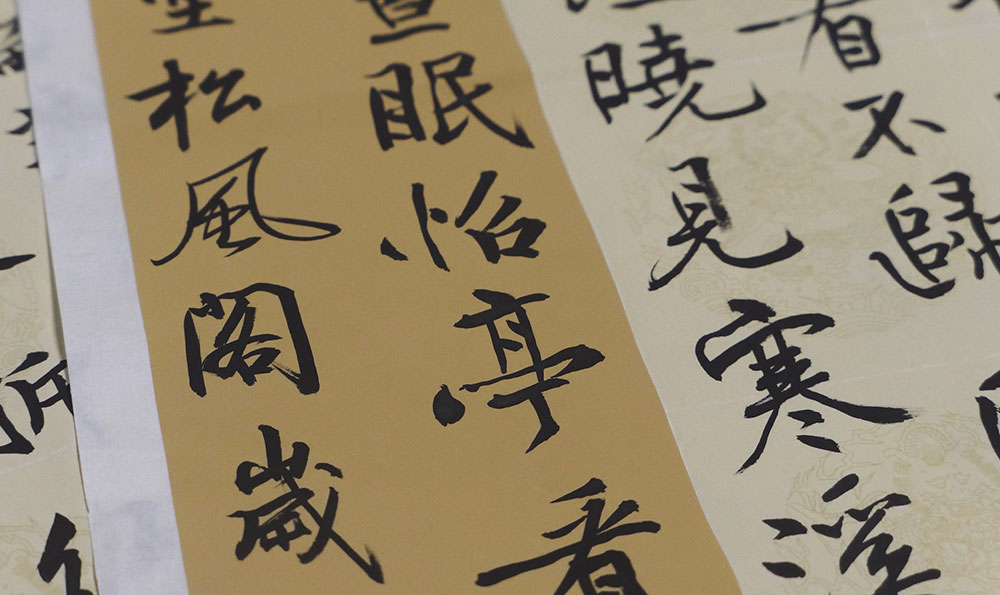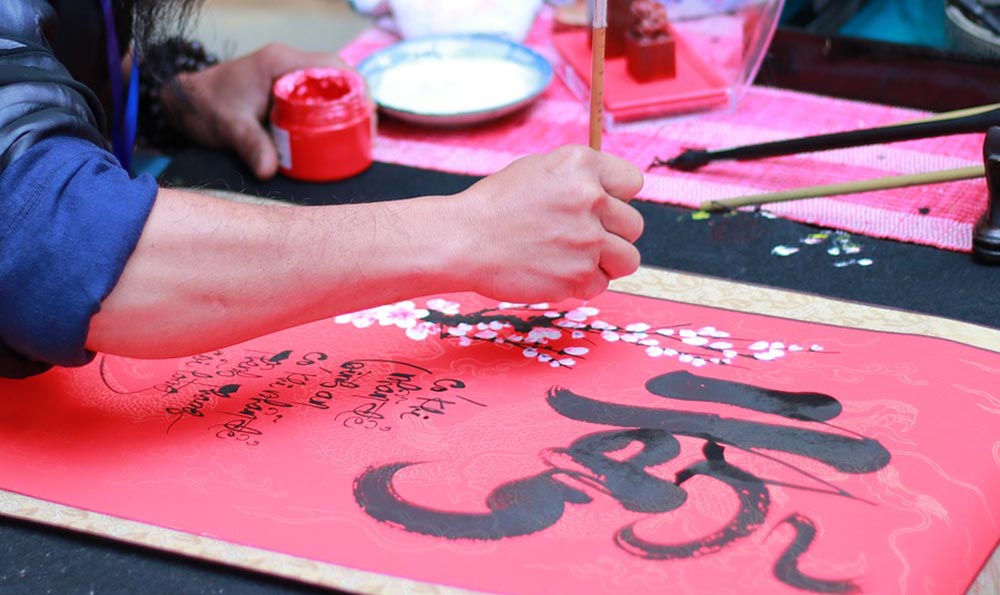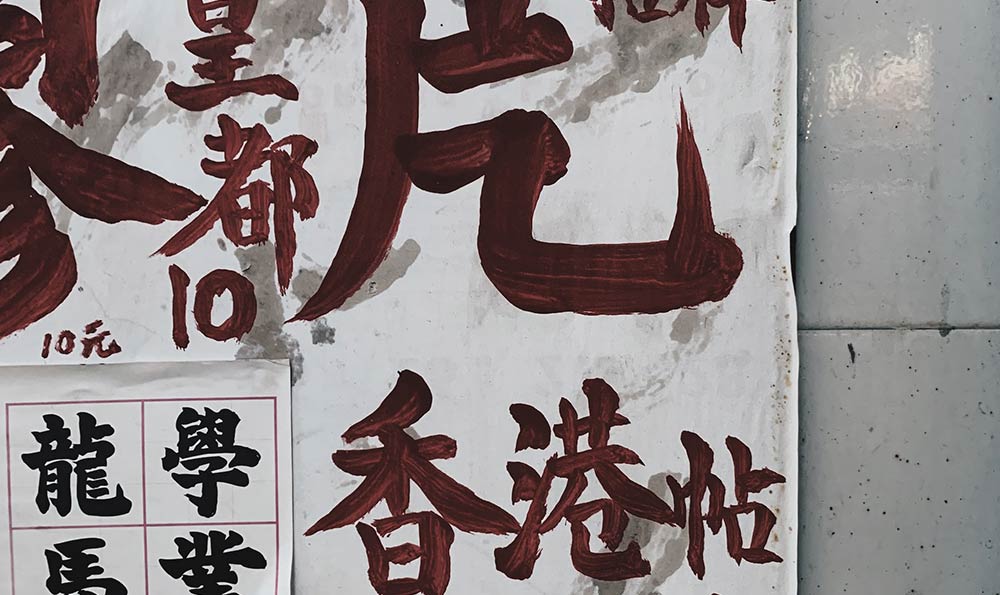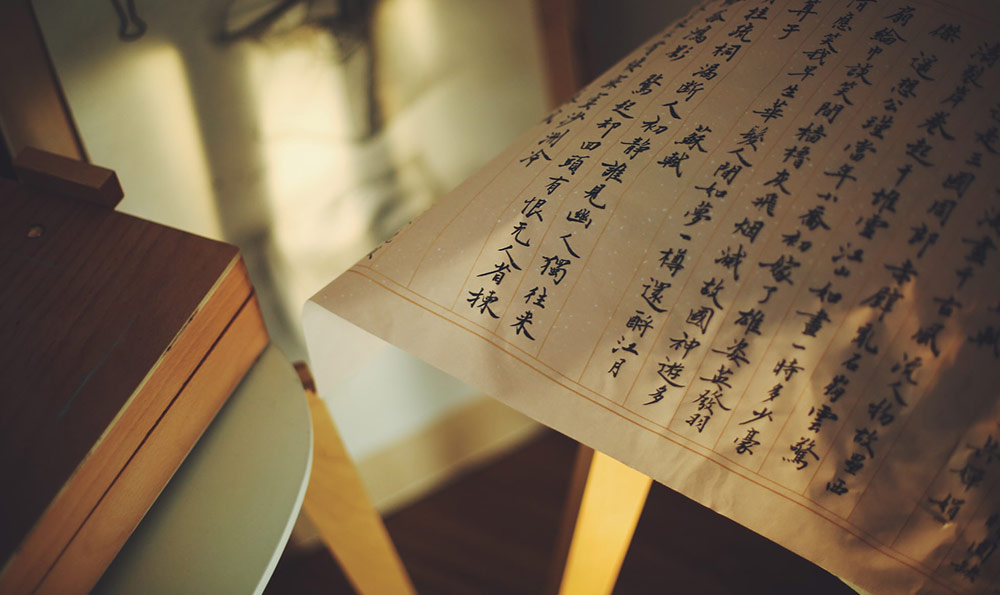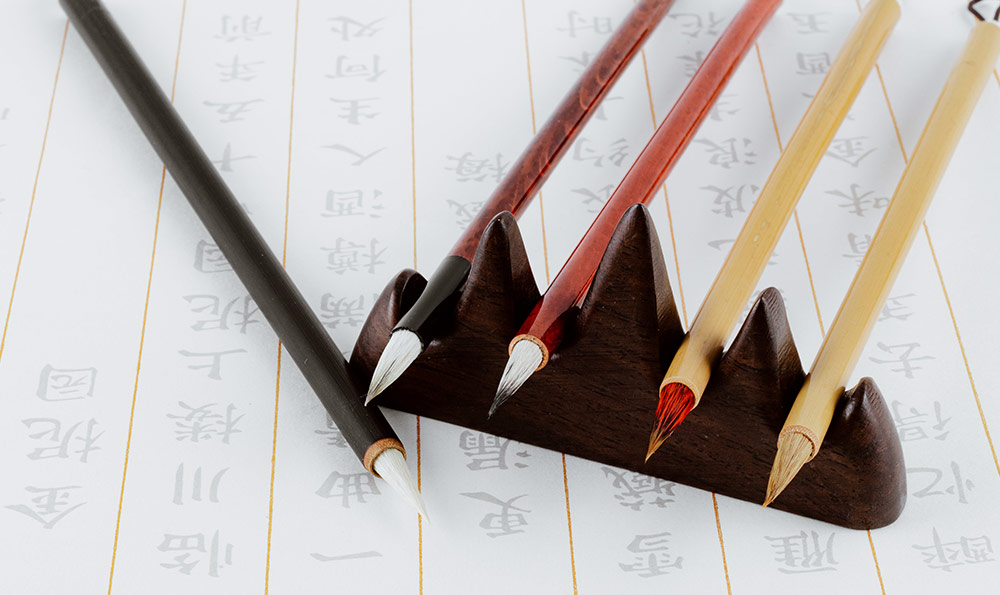Calligraphy: The Essence of Chinese Culture
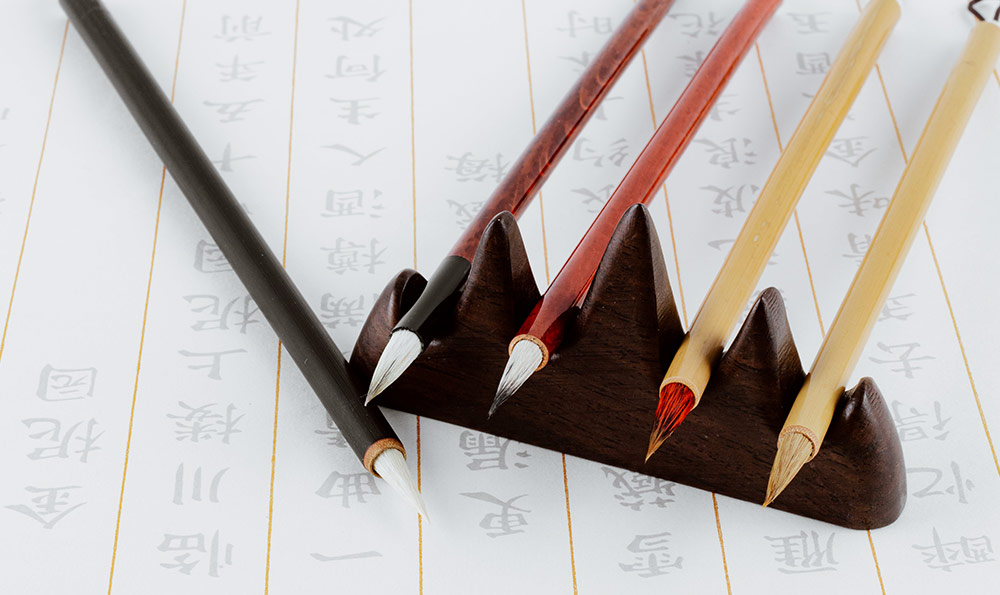
Introduction
Calligraphy has long been regarded as an essential part of Chinese culture. Its significance goes beyond just a form of writing, but as a representation of artistry, spiritual cultivation, and cultural values. This article aims to explore the profound significance of calligraphy in Chinese culture, its influence on various aspects of society, and its enduring legacy.
Part 1: The Artistic Expression in Calligraphy
Calligraphy, known as "Shufa" in Chinese, is considered the true embodiment of artistic expression. With its unique blend of aesthetics, technique, and cultural connotations, it is a visual feast that captures the essence of Chinese culture. The fluidity of brushstrokes, the balance of composition, and the beauty of characters all contribute to its artistic value.
Part 2: The Spiritual Cultivation in Calligraphy
Beyond its artistic value, calligraphy also serves as a means of spiritual cultivation. Many calligraphers believe that the practice of calligraphy can cultivate one's character, promote inner peace, and nurture a harmonious state of mind. Through careful brushwork and focused concentration, calligraphers aim to achieve a state of tranquility and transcendence.
Part 3: The Cultural Preservation in Calligraphy
Calligraphy plays a vital role in preserving and transmitting Chinese culture. It serves as a link between the past and the present, allowing the wisdom and heritage of ancient Chinese civilization to be passed down through generations. Calligraphy embodies the teachings of Confucianism, Taoism, and Buddhism, and serves as a visual representation of traditional Chinese values such as respect, harmony, and humility.
Part 4: The Educational Influence of Calligraphy
Calligraphy has a profound impact on education in China. It is not only taught as an art form but also used as a tool to teach discipline, patience, and concentration. Students are encouraged to practice calligraphy to improve their handwriting, cultivate discipline, and develop an appreciation for traditional Chinese culture. Moreover, calligraphy competitions and exhibitions are held regularly, providing a platform for young talents to showcase their skills.
Part 5: The Economic Significance of Calligraphy
Calligraphy has become a significant part of Chinese tourism and the economy. With its rich cultural heritage, calligraphy has attracted countless tourists from all over the world. Many calligraphy museums, academies, and workshops have been established, contributing to the growth of cultural tourism and the development of related industries such as calligraphy supplies, art materials, and calligraphy classes.
Conclusion
In conclusion, calligraphy is not just a form of writing; it is the essence of Chinese culture. Its artistic expression, spiritual cultivation, cultural preservation, educational influence, and economic significance have made it an integral part of Chinese society. Whether adorning a scroll, a signboard, or a personal letter, calligraphy embodies the beauty, wisdom, and values of Chinese civilization, leaving an indelible mark on the world.
书法是中国文化的精髓对吗
中国书法作为中国文化的重要组成部分,以其独特的魅力和深厚的内涵,一直被认为是中国文化的精髓所在。它不仅是一种艺术形式,更是一种传统习俗和道德观念的体现。本文将从书法的起源与发展、艺术特点以及在中国文化中的地位等方面,探讨书法是否是中国文化的精髓。
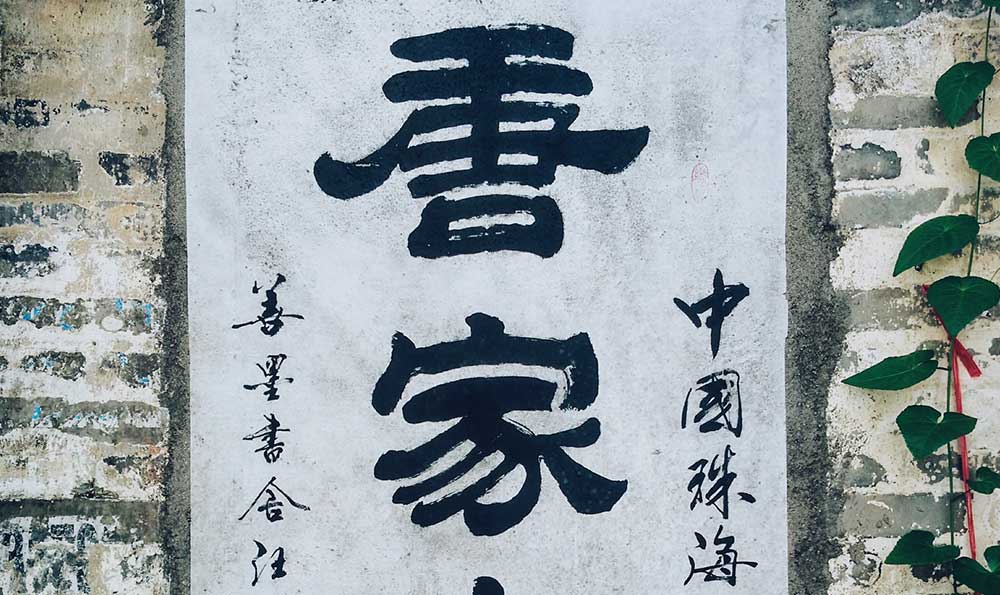
一、书法的起源与发展
中国书法起源于古代的刻石文字,发展至今已有数千年的历史。最早的书法作品可以追溯到商朝时期的甲骨文,而秦汉时期的隶书则被视为中国书法的起点。随着时代的演变,楷书、行书、草书、篆书等各种书体相继出现并得到发展。这些书体以其独特的风格和形态,展示出了中国书法的多样性和魅力。
二、书法的艺术特点
中国书法以其独特的艺术特点而受到广泛的关注和赞誉。它强调“气韵生动”,通过笔、墨、纸、砚的运用,以及线条、结构、布局的安排,表达出作品的个性和情感。书法注重“形神兼备”,既注重笔画的形态美,又注重作品的意境和内涵。书法强调“神韵流传”,通过练字的过程和作品的传承,体现了书法艺术的魅力和承载的文化内涵。
三、书法在中国文化中的地位
正所谓“书法入画,文化入境”,书法在中国文化中占据着重要的地位。书法是中国文化的精神象征。它不仅是一种文字的表达方式,更是一种文化的传承和传统的体现。书法是中国传统文化的重要组成部分。中国文化是以文字为基础的文化,而书法则是文字艺术的高度发展和表现。书法是中华民族传统道德观念的体现。在中国传统文化中,书法被视为一种修身养性的方式,培养人的自律和内心的美。
四、书法的国际影响力
中国书法不仅在国内受到高度重视,在国际上也具有较大的影响力。中国书法作为一种独特的艺术形式,已经被列为联合国教科文组织的非物质文化遗产代表作。中国书法艺术也在全球范围内得到了广泛的传播和学习。越来越多的外国人被中国书法的魅力所吸引,他们通过学习书法,了解中国文化并加深对中国的认知。
五、书法对个人的影响
中国书法不仅对中国文化有着重要的影响,对个人的成长与修身也具有重要意义。书法练习需要耐心和专注,可以培养人的毅力和自律性。书法也是一种修身养性的方式,可以帮助人们陶冶情操,增强心境和情感的修养。对于喜欢书法的人来说,写字成为了一种修身养性的方式,同时也是一种舒缓压力、放松心情的途径。
书法作为中国文化的重要组成部分,具有深厚的历史底蕴和独特的艺术魅力。它不仅是中国文化的精髓所在,也是一种传统习俗和道德观念的体现。中国书法通过其起源与发展、艺术特点、在中国文化中的地位以及国际影响力等方面的表现,证明了其对中国文化的重要性和独特价值。
书法是中国文化的精髓英语翻译
The Essence of Chinese Culture: Calligraphy
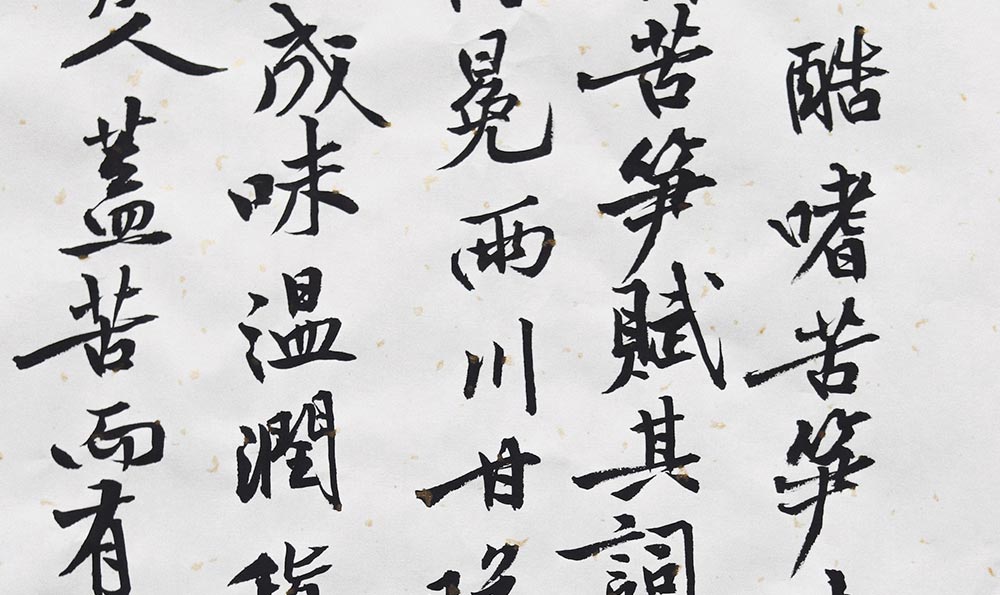
Introduction:
Calligraphy, as a quintessential art form, holds a significant place in Chinese culture. Its influence extends beyond the realm of aesthetics and bears remarkable cultural, historical, and social importance. This article aims to delve into the beauty and significance of calligraphy, showcasing its profound impact on Chinese culture.
Part 1: The Origins of Calligraphy
Calligraphy, dating back to ancient times, finds its roots in the Chinese script system. The earliest known form, oracle bone script, emerged during the Shang Dynasty (1600-1046 B.C.). Over the centuries, calligraphy evolved, incorporating various styles such as seal script, clerical script, and regular script. This rich history makes calligraphy an essential link connecting the past to the present.
Part 2: The Artistic Beauty of Calligraphy
Calligraphy breathes life into the written word, transforming it into a visual masterpiece. The strokes, lines, and composition of characters in calligraphy convey the emotions and personalities of the calligraphers. Each stroke is carefully crafted, embodying elegance, grace, and rhythm. The visual impact of calligraphy lies not only in its aesthetic appeal but also in the ability to evoke emotions.
Part 3: Calligraphy as a Cultural Symbol
Calligraphy is deeply ingrained in Chinese culture, reflecting its values, traditions, and wisdom. It serves as a symbol of knowledge, virtue, and social status. Historical figures and scholars have long practiced calligraphy, considering it a pathway to self-cultivation and spiritual enlightenment. The Chinese regard calligraphy as a testament to their cultural identity and a means to preserve their heritage.
Part 4: Calligraphy's Influence on Society
The influence of calligraphy extends beyond artistic expression. It has permeated various aspects of society, including education, literature, and even business. In education, calligraphy is taught to foster patience, discipline, and appreciation for beauty. In literature, calligraphy is celebrated for its ability to enhance the aesthetics of poetry and prose. Additionally, calligraphy is often used in official documents, signboards, and company logos, adding a touch of elegance and authority.
Part 5: Calligraphy in the Modern Era
In the age of digital communication and technology, calligraphy has not lost its relevance. Instead, it has adapted and evolved, blending traditional aesthetics with contemporary art forms. Calligraphy exhibitions, workshops, and competitions continue to attract enthusiasts, both in China and abroad. The development of digital calligraphy tools has enabled the creation and sharing of calligraphy in the online space, further expanding its reach and impact.
Conclusion:
Calligraphy, as the essence of Chinese culture, encompasses the beauty, depth, and significance of the Chinese script. It serves as a powerful medium of artistic expression, cultural preservation, and social influence. Through its strokes and lines, calligraphy tells the story of a rich history, celebrates cultural identity, and inspires generations to come. Let us embrace and appreciate the profound artistry and cultural value that calligraphy brings to our lives.

